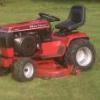Sign in to follow this
Followers
0

onan p220 flywheel removal...trying to fix no hot start issue
By
truckin88, in Engines

By
truckin88, in Engines